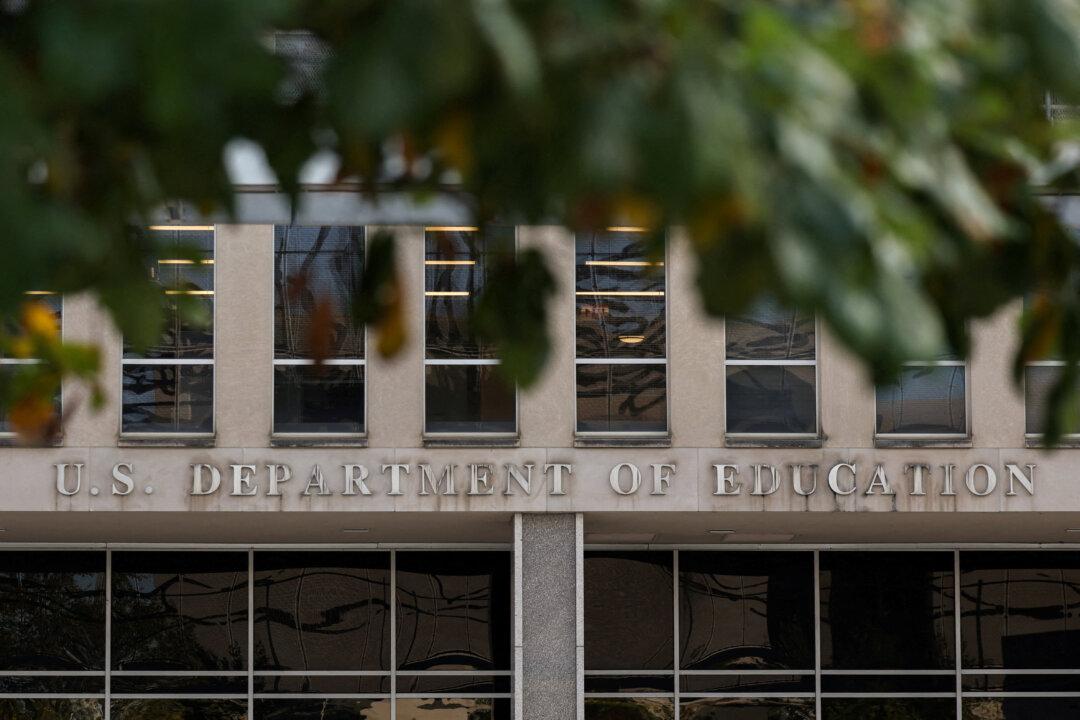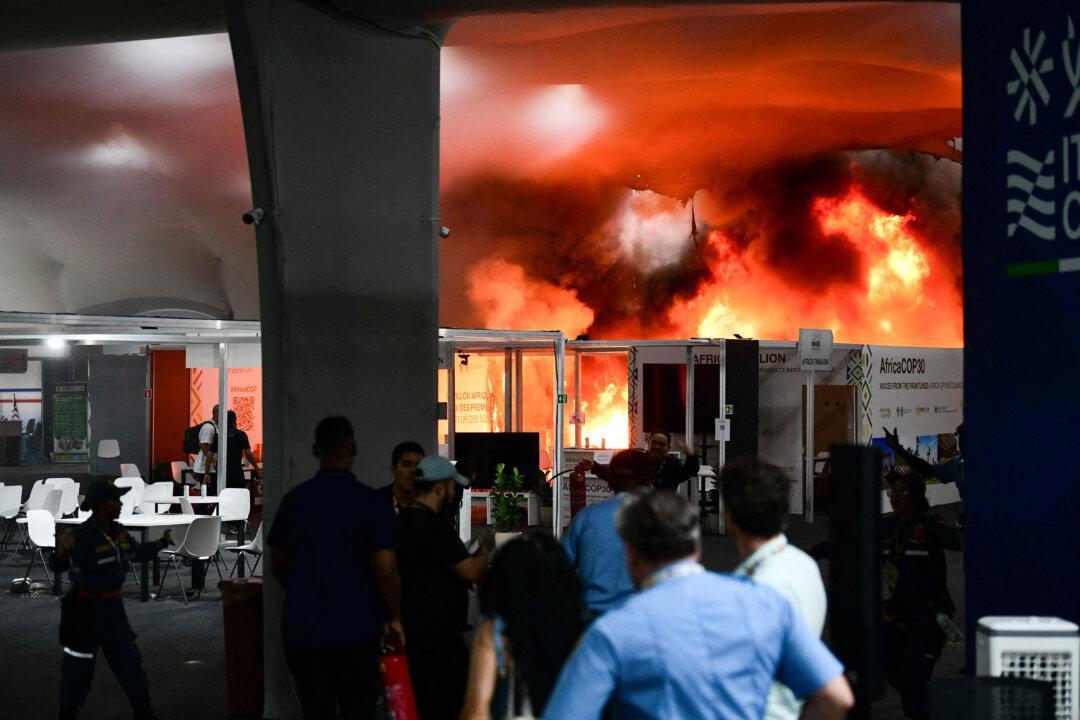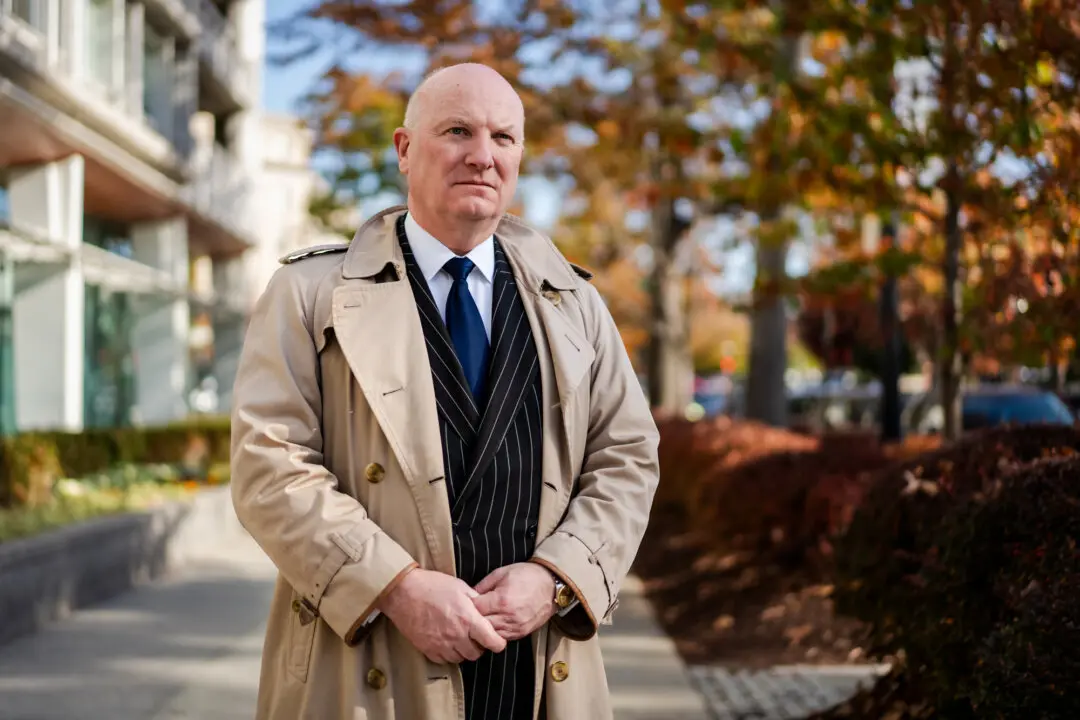Friday, July 29, 2011
THEN
On July 29, 1957, the International Atomic Energy Agency (IAEA) comes into force with 26 nations. The IAEA—the principal international body of oversight for nuclear energy and the non-proliferation of nuclear weapons—has its origins in U.S. President Dwight Eisenhower’s famous “Atoms for Peace” address to the United Nations General Assembly on December 8, 1953. Eisenhower told the Assembly, “I feel impelled to speak today in a language that in a sense is new—one which I, who have spent so much of my life in the military profession, would have preferred never to use. That new language is the language of atomic warfare.”
NOW
Last Wednesday, at the 23rd U.N. Conference on Disarmament Issues held in Japan, IAEA Director General Yukiya Amano emphasized his commitment to “work for a world free of all nuclear weapons,” while calling attention to the IAEA’s concerns over nuclear programs in Iran, North Korea, and Syria. “The possibility of nuclear terrorism was simply not an issue in the 1950s. Today, it is high on the agenda of world leaders. Despite these changes, the Agency’s ‘Atoms for Peace’ mandate—making the benefits of nuclear science and technology available for peaceful, but not military, purposes—remains valid,” said Amano. The IAEA now has 151 member states, and as of November 2010, it employs 2,300 multi-disciplinary professional and a support staff from more than 100 countries.




